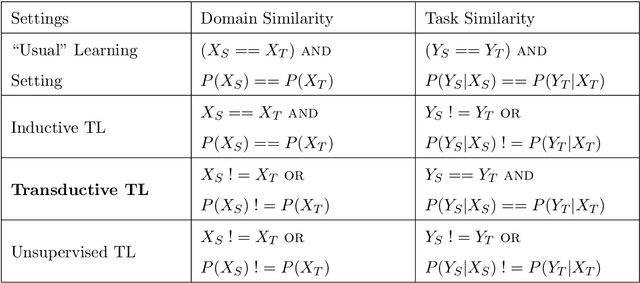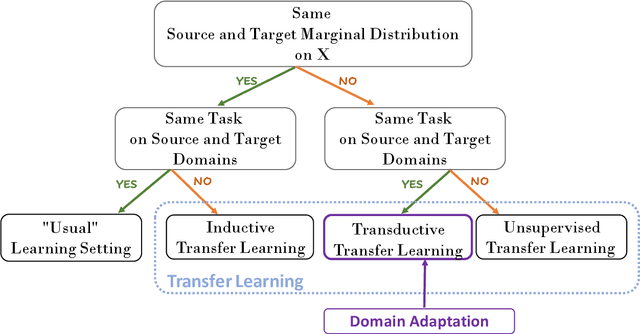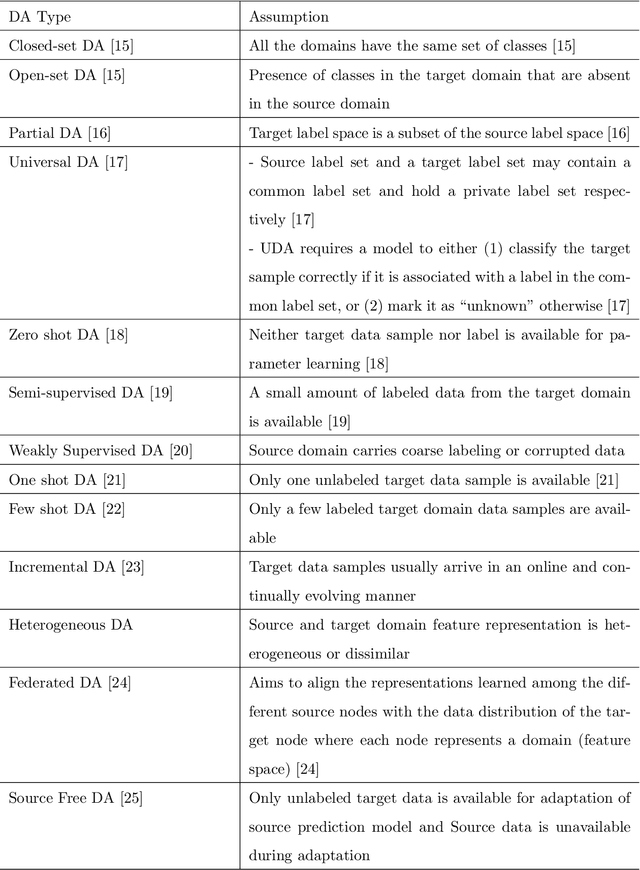Domain Adaptation for Inertial Measurement Unit-based Human Activity Recognition: A Survey
Paper and Code
Apr 07, 2023



Machine learning-based wearable human activity recognition (WHAR) models enable the development of various smart and connected community applications such as sleep pattern monitoring, medication reminders, cognitive health assessment, sports analytics, etc. However, the widespread adoption of these WHAR models is impeded by their degraded performance in the presence of data distribution heterogeneities caused by the sensor placement at different body positions, inherent biases and heterogeneities across devices, and personal and environmental diversities. Various traditional machine learning algorithms and transfer learning techniques have been proposed in the literature to address the underpinning challenges of handling such data heterogeneities. Domain adaptation is one such transfer learning techniques that has gained significant popularity in recent literature. In this paper, we survey the recent progress of domain adaptation techniques in the Inertial Measurement Unit (IMU)-based human activity recognition area, discuss potential future directions.
 Add to Chrome
Add to Chrome Add to Firefox
Add to Firefox Add to Edge
Add to Edge